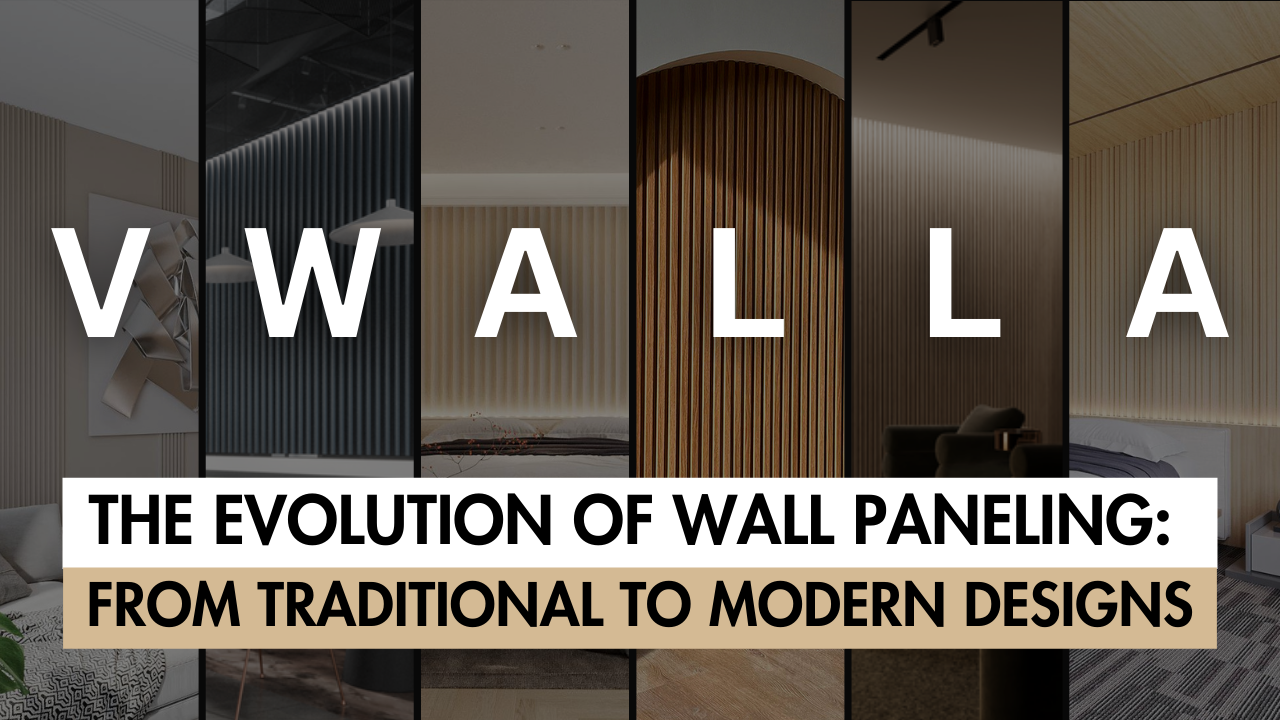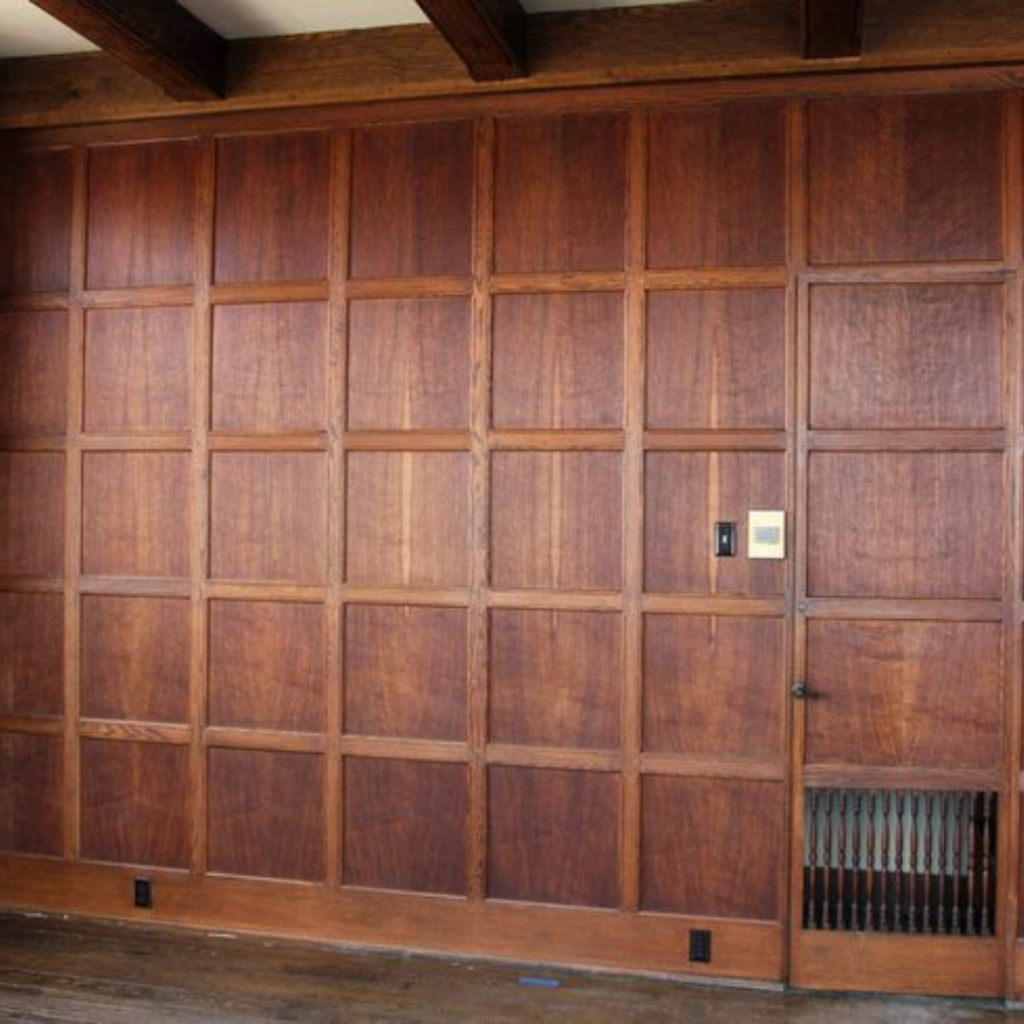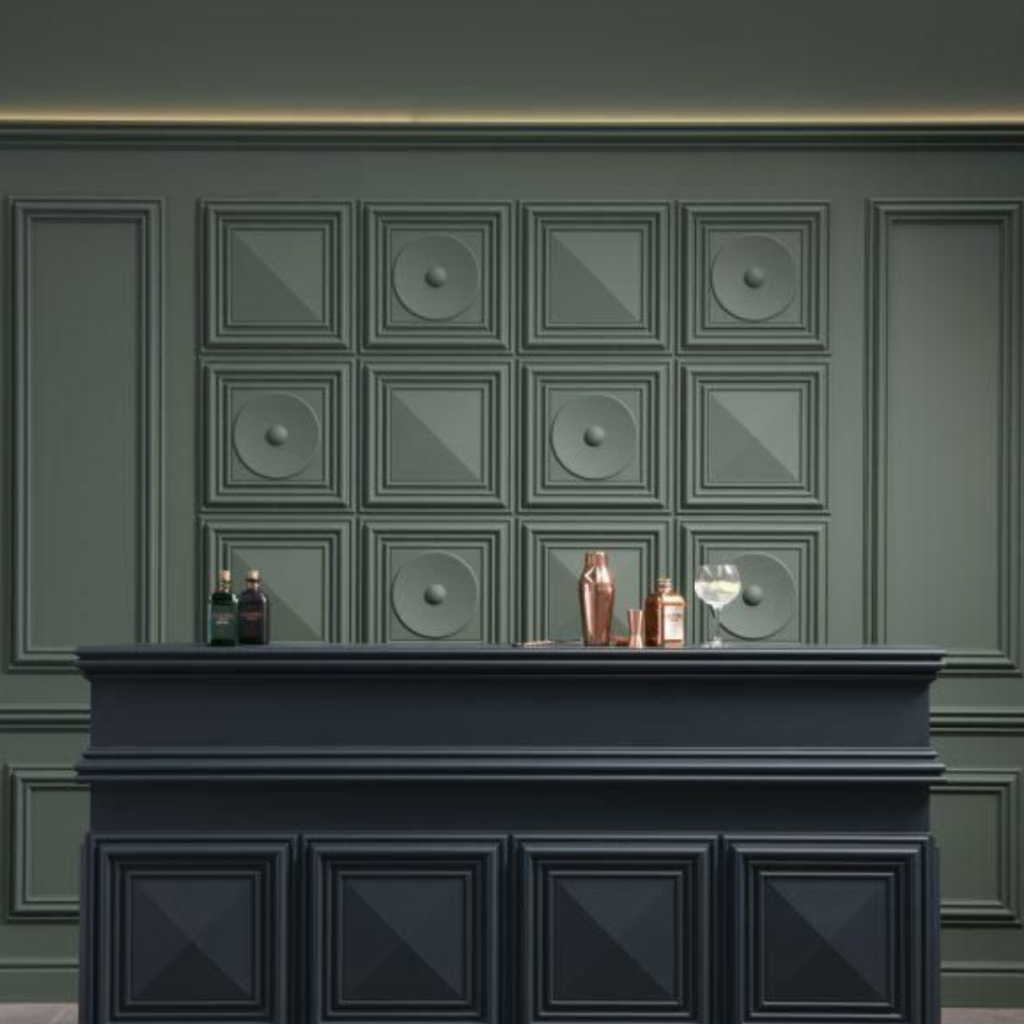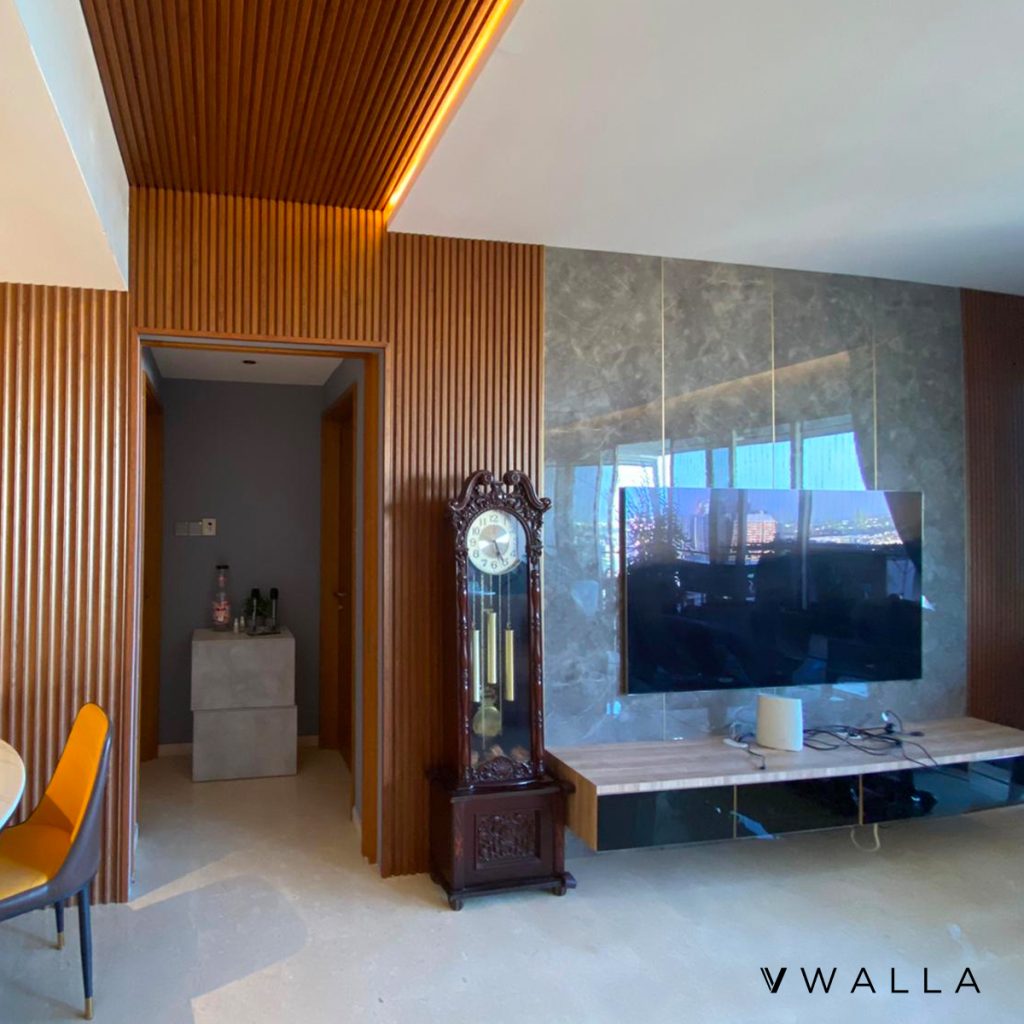
The Evolution of Wall Paneling: From Traditional to Modern Designs
Wall paneling has been an essential aspect of interior design for centuries, transforming ordinary walls into exquisite focal points and adding character, warmth, and texture to spaces. This article explores the fascinating journey of wall paneling, from its historical origins to contemporary styles, highlighting how it has adapted to changing tastes and technologies.
Ancient Beginnings
The use of wall panels dates back to ancient civilizations. In ancient Egypt, wall panels made from stone and marble were common, serving both decorative and functional purposes. These early panels added texture and depth to interiors, providing a canvas for intricate carvings and paintings that depicted religious and cultural narratives.

Medieval and Renaissance Eras
During the Gothic era (Tudor and Elizabethan periods), wall paneling became a symbol of luxury and craftsmanship. Tudor-style paneling, prevalent from 1485 to 1603, featured elaborate woodwork with intricate designs like quatrefoils and linenfold patterns, typically made from oak. These panels added warmth and grandeur to interiors, often found in the homes of the elite and in significant buildings like Hampton Court Palace in London.

The Rise of Classical Styles
The Georgian era (1714-1830) saw a shift towards symmetry, order, and classical influences. Georgian wall panels were simpler than their Tudor predecessors, often made from mahogany, walnut, or oak. The designs were characterized by flat or raised panels with minimal ornamentation, reflecting the neoclassical emphasis on proportion and balance.

The Victorian era (1837-1901) marked a return to more ornate designs, influenced by Gothic and Renaissance revivals. Victorian panels were richly decorated with carvings, moldings, and trims, featuring motifs like arabesques and acanthus leaves. These panels, typically made from mahogany or oak, added a sense of opulence to Victorian homes.

Transition to Modernism
The Arts and Crafts movement (1860-1920) introduced a new philosophy to wall paneling, emphasizing simplicity and the use of natural materials. Panels from this period were often made from wood, stone, or brick, with minimal moldings and a focus on craftsmanship. This style aimed to create a warm and inviting atmosphere, celebrating the inherent beauty of materials.
The Art Deco era (1920s-1930s) brought a dramatic change with its focus on geometric patterns, sleek lines, and the use of modern materials such as metal, glass, and lacquered wood. Art Deco panels exuded glamour and sophistication, reflecting the optimism and dynamism of the Roaring Twenties.

Mid-Century Modern to Contemporary Designs
Mid-century modern paneling (1950s) embraced clean lines and minimal ornamentation, using natural materials like wood and stone to create functional and straightforward interiors. This style prioritized simplicity and practicality, aligning with the modernist ethos of the time.
Today, contemporary wall paneling is characterized by its versatility and the use of a wide range of materials, including wood, stone, metal, glass, plastic and fabric. Modern panels are designed to reflect personal style and individuality, with endless possibilities for customization. Technological advancements, such as WPC and PVC panels, have made wall paneling more accessible and affordable, allowing for creative and innovative designs that suit both traditional and modern aesthetics.
The Return and Reinvention of Wall Panels
In recent years, there has been a resurgence in the popularity of wall paneling, driven by both aesthetic and practical considerations. Rising heating costs have led many homeowners to use paneling for its insulating properties. Additionally, the nostalgic appeal and timeless elegance of traditional wood paneling have inspired contemporary adaptations that blend classic and modern elements.

Conclusion
Wall paneling has stood the test of time, evolving from ancient insulation techniques to become a sophisticated element of interior design. From the intricate carvings of Tudor and Victorian styles to the clean lines of mid-century modern and the versatile materials of contemporary designs, wall paneling continues to add character, warmth, and texture to our homes. At Vwalla, we celebrate this rich history and offer a wide range of paneling options that blend classic elegance with modern innovation. Whether you’re looking to recreate a historic look or introduce a contemporary flair, Vwalla has the perfect solution to transform your space into a stunning focal point.
About Vwalla
Vwalla is a premier provider of high-quality wall paneling solutions, offering a diverse range of styles and materials to suit any interior design preference. Our mission is to help homeowners and designers create beautiful, functional spaces with ease. With a commitment to craftsmanship and innovation, Vwalla combines timeless aesthetics with modern advancements to deliver products that elevate the look and feel of any room. Whether you’re restoring a historic property or designing a contemporary home, Vwalla has the expertise and selection to bring your vision to life.
5 Reasons To Use Fluted Panels To Beautify Your Home
Fluted panels are a type of architectural feature that has been used for centuries. They are used to
Transform Your Space with Fluted Panels: A Designer’s Guide
Discover the transformative power of fluted panels in interior design with our comprehensive guide.
6 Ways Fluted Panels Can Enhance Your Home
Are you sick of looking at the same four walls day in and day out? If you’re ready for a change bu






